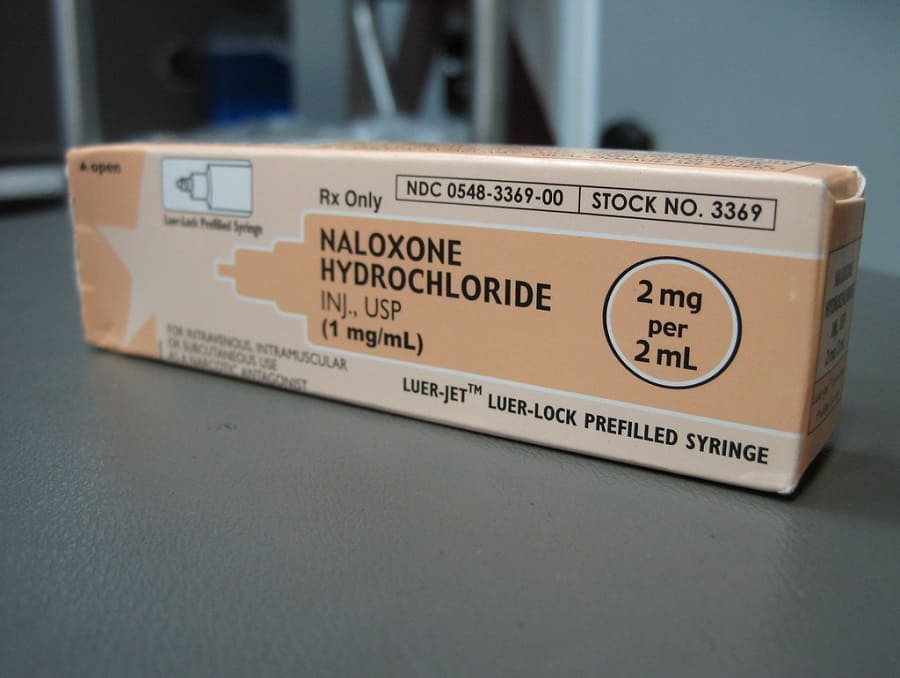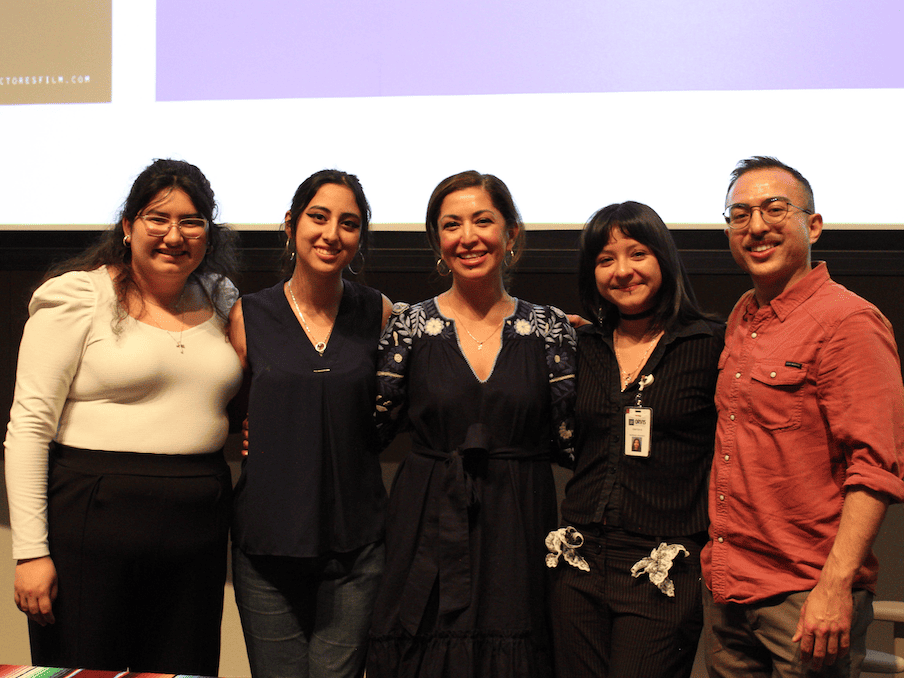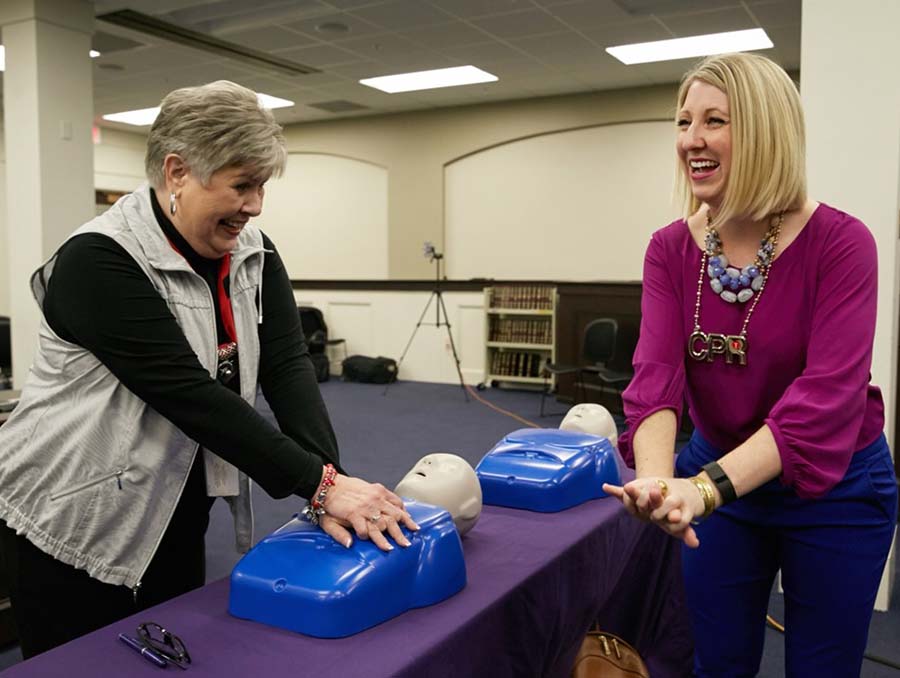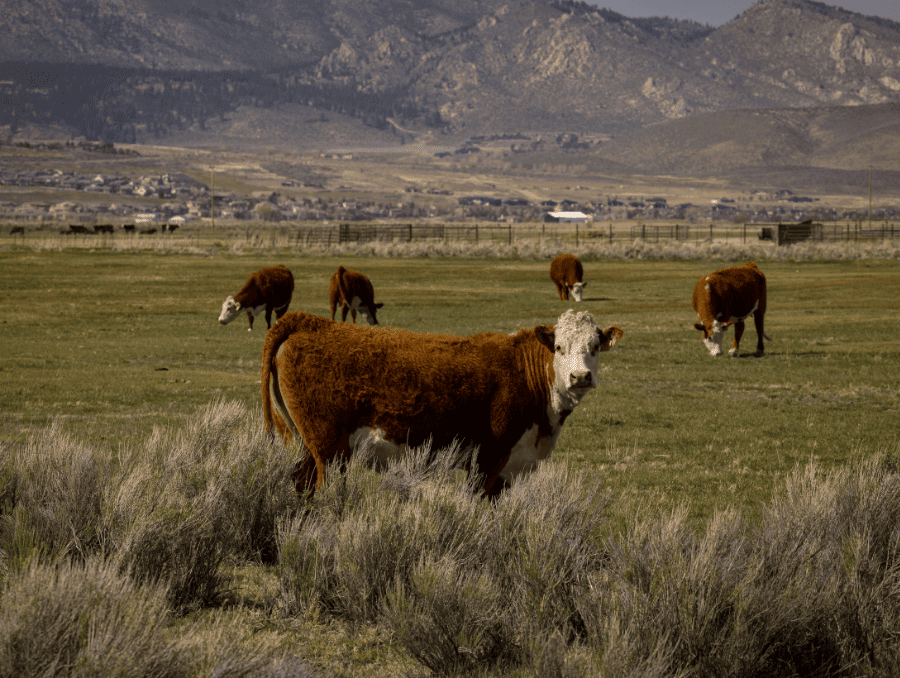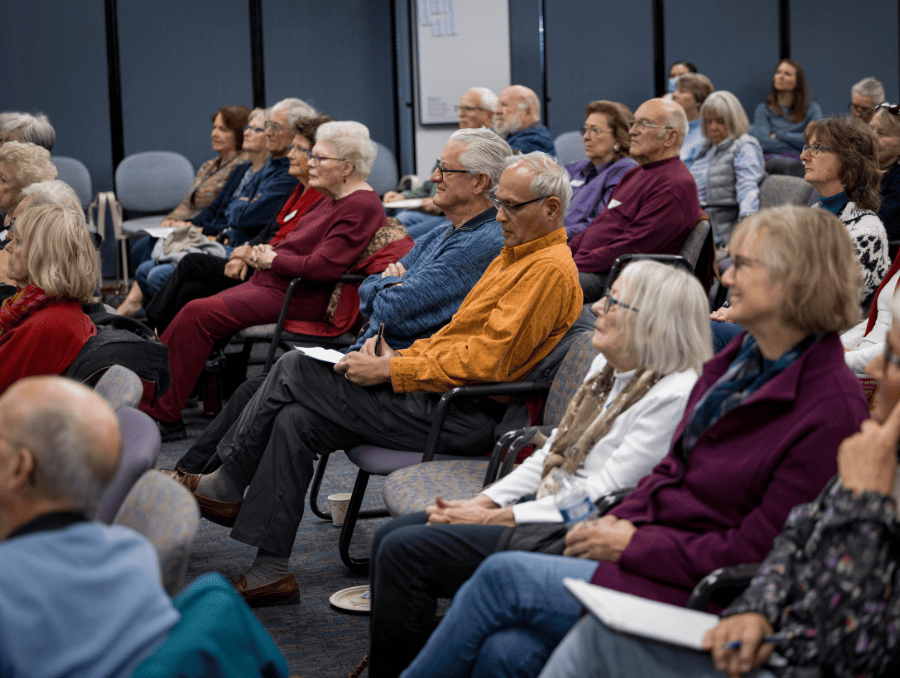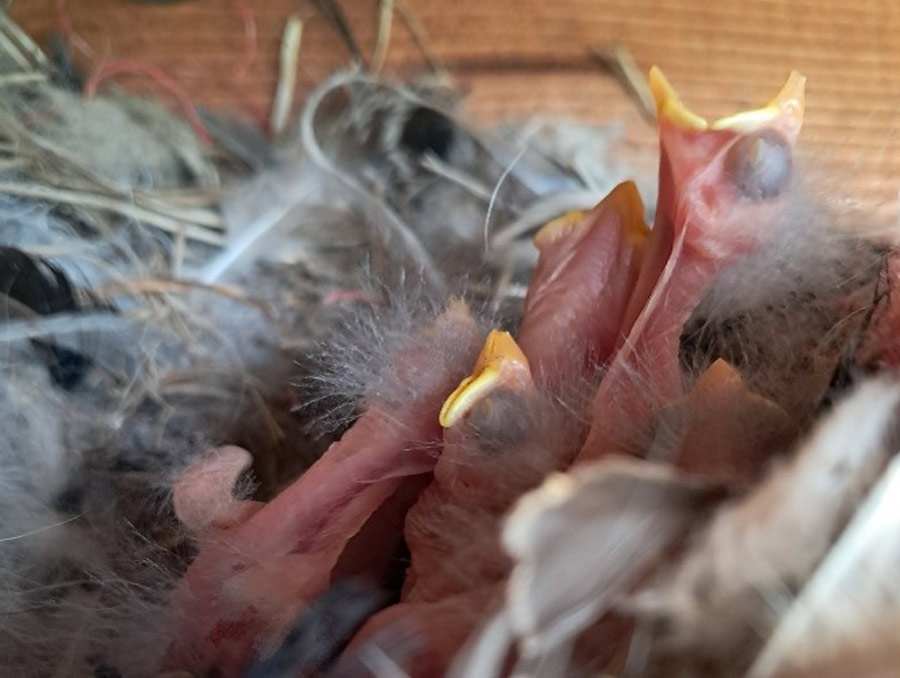Today, the Nevada Overdose Data to Action (OD2A) program, within the School of Public Health, in collaboration with the Centers for Disease Control and Prevention (CDC) released a Morbidity and Mortality Weekly Report (MMWR) documenting an increase in drug overdose deaths of unintentional and undetermined intent among Hispanic/Latinx persons in Nevada from 2019 to 2020.
From 2019 to 2020, Nevada showed a 120% increase in drug overdose deaths of unintentional and undetermined intent among Hispanic/Latinx persons, compared to a 55% increase among all races/ethnicities. This increase largely occurred among young males, and the proportion involving illicitly manufactured fentanyls, a synthetic opioid that is 50 times more powerful than heroin, increased 135%.
“This increase was concerning because it was the highest among any demographic group. We never really saw hospitalizations for drug overdose among Hispanic/Latinx persons increase, which is usually what tips us off to how mortality trends behave,” says Shawn Thomas, Opioid Epidemiologist.
Naloxone is a life-saving drug that can reverse the effects of overdose from opioids, such as illicitly manufactured fentanyls, but evidence of naloxone administration was low among decedents. Since fentanyl is a highly potent opioid, fentanyl-related overdoses may require multiple doses of naloxone to prevent death. This report highlights the need for expansion of harm reduction strategies to prevent future overdose deaths, particularly among Hispanic/Latinx persons.
“Part of OD2A’s role as been to provide the community with data about increases in drug overdoses. We have been trying to inform the community so that we can convene community leaders to expand harm reduction strategies among younger Hispanic/Latinx persons to increase naloxone access, to prevent future drug overdose deaths,” says Elyse Monroy, OD2A program manager.
The OD2A program encourages all Nevadans to learn about the life-saving resources below, and if an overdose occurs, call 9-1-1 immediately. Nevada’s Good Samaritan Drug Overdose Act of 2015 (NRS 453C.120) protects persons seeking medical treatment for themselves and encourages bystanders to give emergency assistance to someone who may be overdosing on opioids without fear of prosecution.
The Nevada State Opioid Response grant supports statewide Naloxone distribution. Information about Naloxone and training to use the opioid antagonist can be found through NVOpioidResponse.org.
Nevadans are encouraged to reach out to the following resources if they are looking for Naloxone or treatment resources:
Crisis Support Services of Nevada
Call: 1-800-273-8255
Text: CARE to 839863
NAMI Peer Support Warmline
775-241-4212
National Drug Helpline
1-844-289-0879
NV Opioid Response online
